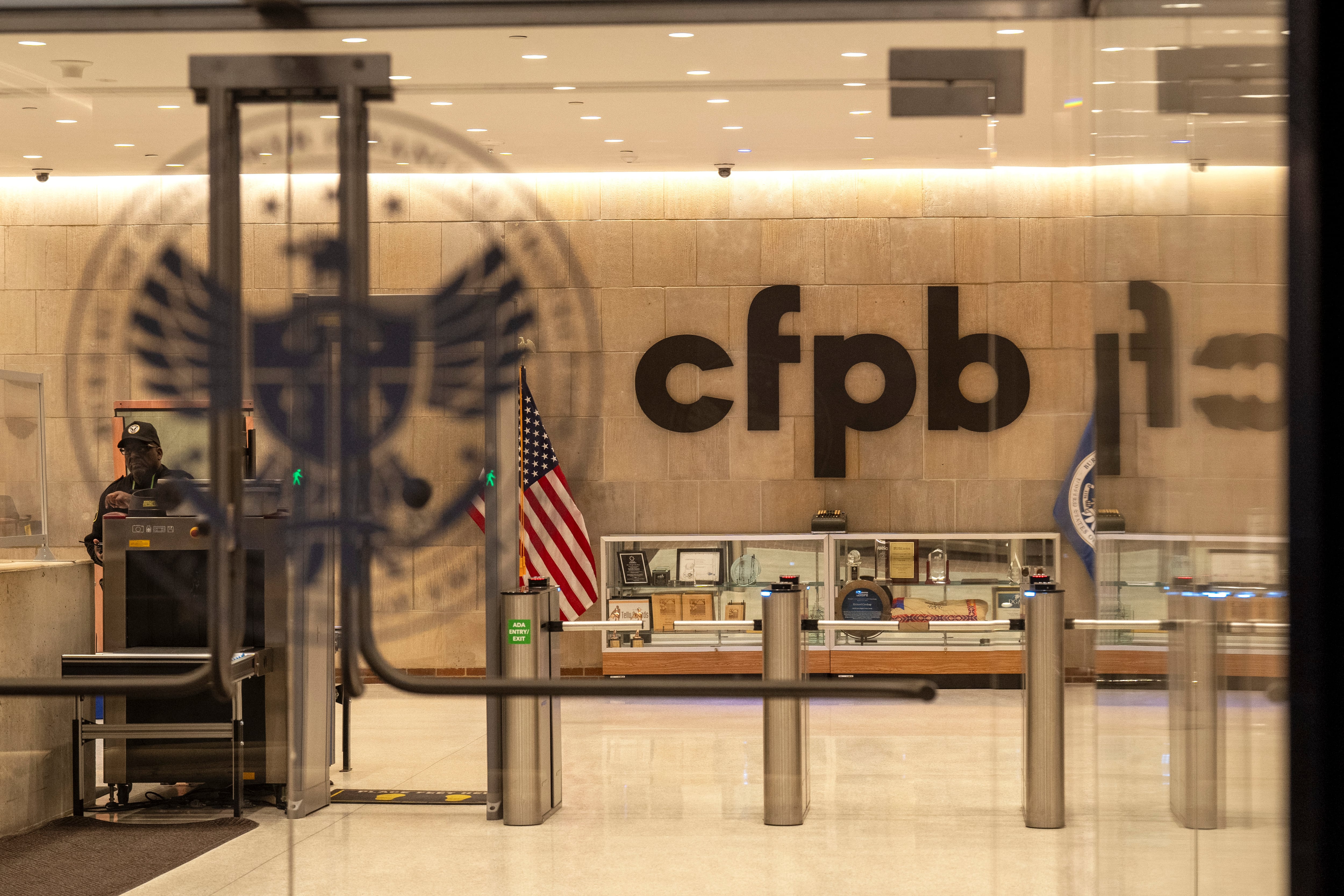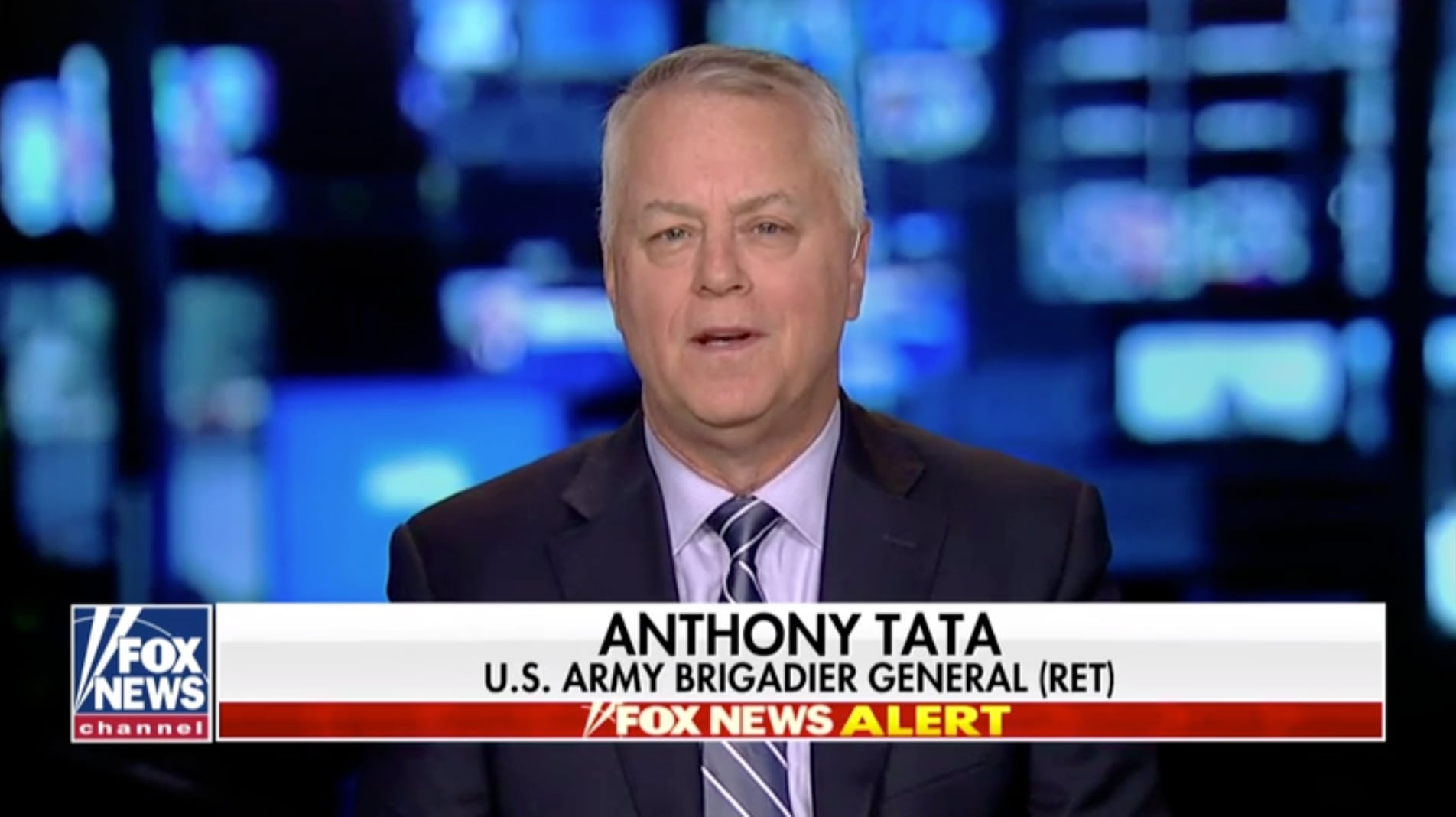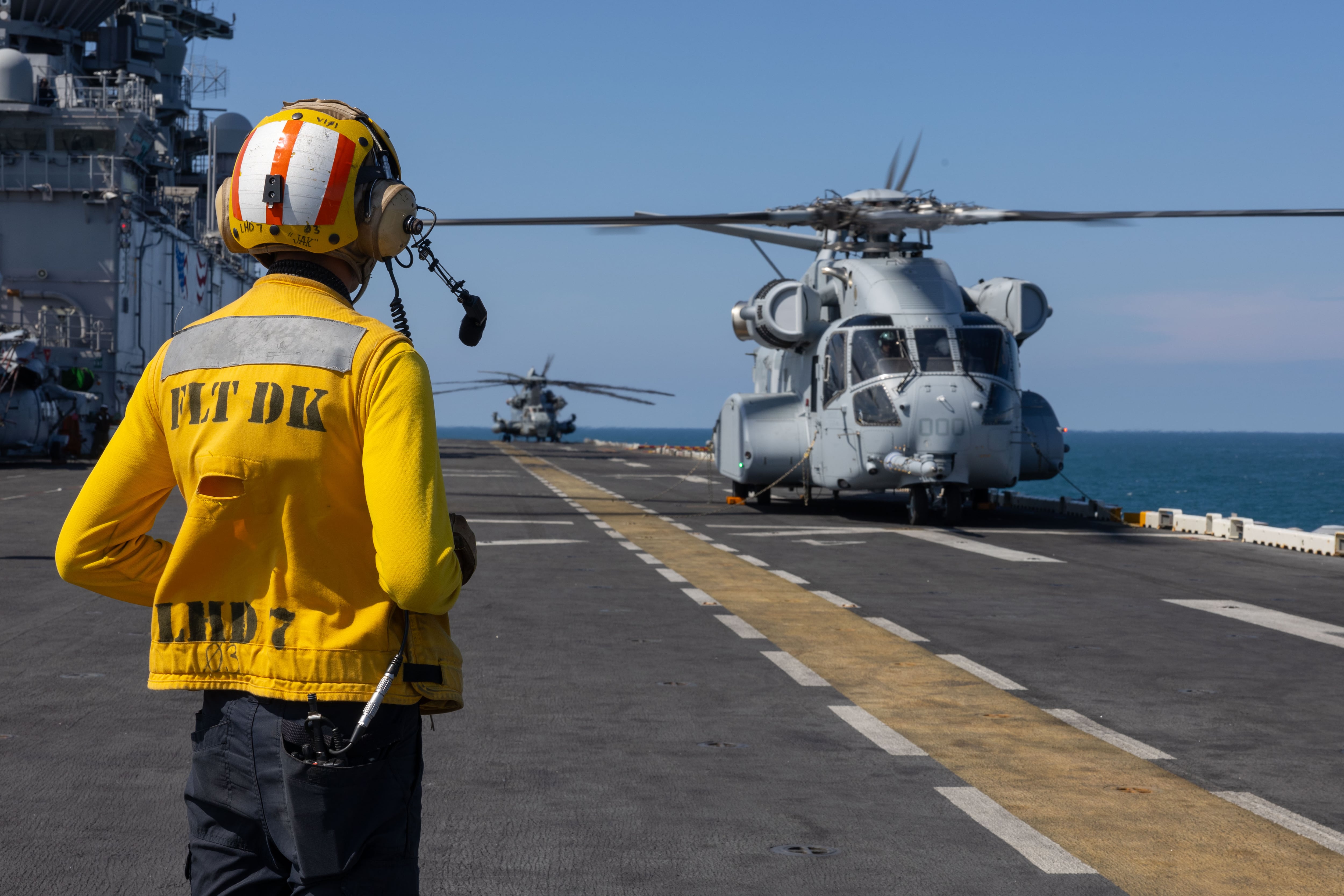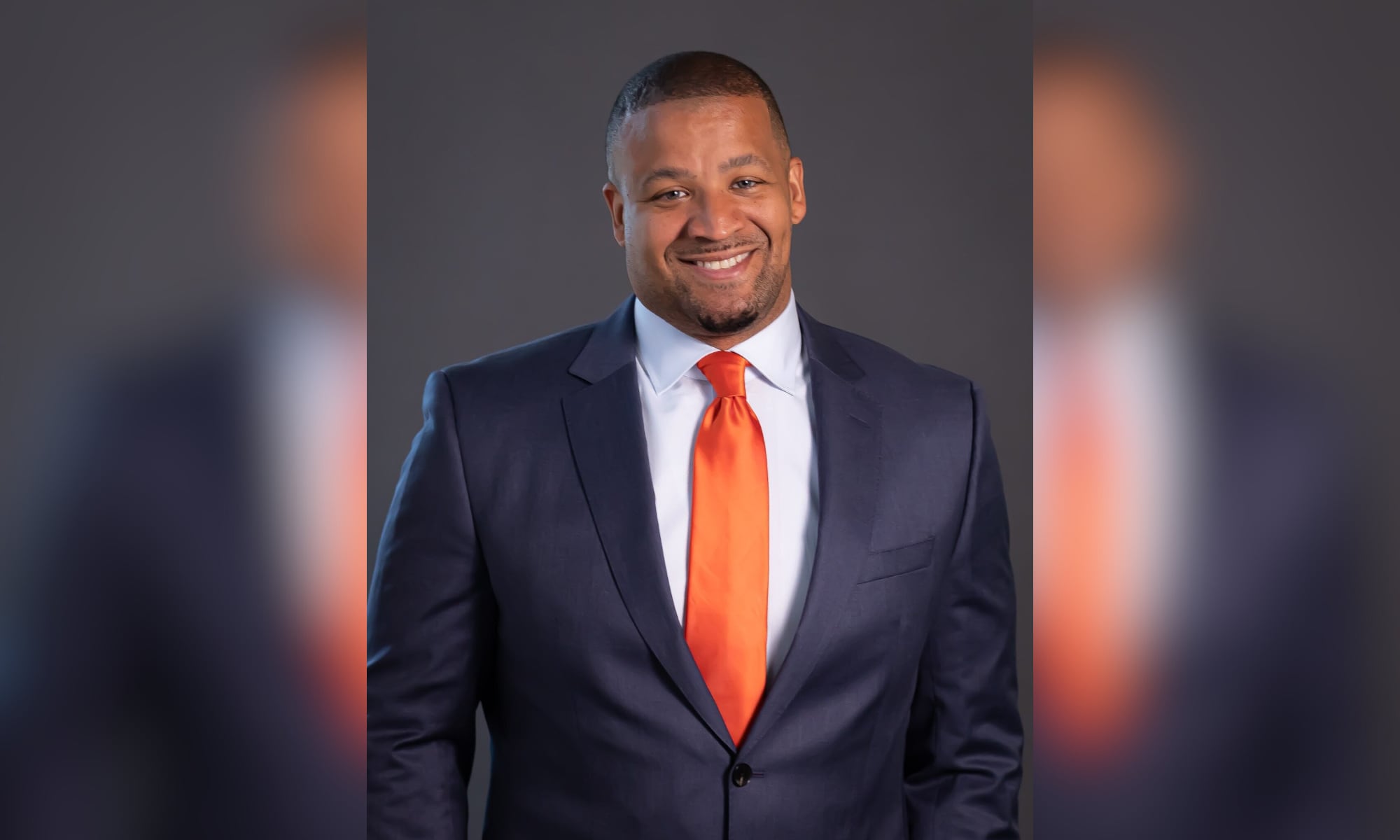NAVAL STATION NORFOLK, Va. – Norfolk, Va. — July 13, 2016 — The commander of the Harry S. Truman Carrier Strike Group says that for most of the last 240 days, his ships and aircrews smashed ISIS. aircraft made strikes which significantly degraded the islamic state.
"The message is that the Navy is incredibly flexible, adaptable and we’re relentless and we will find you," said Rear Adm. Brett "Pops" Batchelder shortly after the carrier Harry S. Truman tied up here to the cheers of thousands of friends and families at Norfolk Naval Station July 13. "We operated from both the Arabian Gulf and the Mediterranean to strike ISIS targets and we can do this anywhere in the world we choose to do it."
For most of their extended deployment, they operated from the 5th Fleet and the Persian Gulf, except the last two weeks when they struck ISIS targets from the eastern area of responsibility in the Gulf, however their last two weeks of strikes, he said were done from the Eastern Mediterranean — a first for the U.S. Navy since the opening days of Operation Iraqi Freedom, when the Truman operated from the same location, striking deep into Iraq. They also shattered previous records for strike missions against the Islamic State group.
Batchelder said that in this last two weeks, his jets flew along 120 combat sorties were flown into Iraq and dropped 180 weapons delivered on Islamic State targets
During the eight-month deployment, Truman and Carrier Air Wing 7 launched a total of 2,054 combat sorties, encompassing 20,788 flight hours and released 1,598 bombs on enemy targets.
Even the much publicized extension to put even more pressure on ISIS wasn’t much of an issue with the strike group sailors, once they realized the reason was to continue to keep up the pressure on the ISIS militants responsible for atrocities in Iraq and Syria.
"The extension was a challenge, but we're a professional fighting force and this is what we're trained to do," Batchelder said. "That extra month, that extra punch, it made a difference."
Truman’s commanding officer Capt. Ryan Scholl echoed the words of his boss and expressed thankedsto his crew for garnering so many as well as pride in their accomplishments over the past eight months.
"We're glad to be home. It was an incredible deployment — every day, 24-hours a day for eight months, we stayed ready to execute the mission," Capt. Ryan Scholl said. "This team made a difference from a mission standpoint, bringing solace to our coalition partners, but most importantly, helping and assisting the troops on the ground, fighting our enemy, ISIS, and driving them back into the holes where they belong."
Though Truman, got most of the press, her escorts were also lauded by Batchelder as contributing significantly to the mission. He and he made a point to recognize mention the guided missile cruiser Anzio and as well as guided-missile destroyers Gravely, Gonzalez and Bulkeleyily, all of which returned here Wednesday as well. pulled into Norfolk Naval Station today as well.
Gravely, which was the first to tie up, had a particularly eventful cruise, capturing national attention in April in the Persian Gulf by assisting in the capture of dhow ferrying 1,500 AK-47 assault rifles, 200 rocket-propelled grenade launchers and 21 .50-caliber machine guns — all allegedly enroute from Iran to Yemen to supply insurgent forces there.
Then, just a month ago on June 17, a Russian frigatedestroyer tried to maneuver too close to the Truman, allegedly to disrupt the carrier's operations, but Gravely, which was escorting Truman at the time, was able to maneuver into position to protect the Truman.
"Why the Russians did what they did, we’ll never know," said Cmdr. Alyssa Ambrose, Gravely’s commanding officer, told reporters shortly after the ship’s arrival. "They were maneuvering in a dangerous way and it could have resulted in a much more serious situation than it did. This crew just grew by leaps and bounds during the deployment."
She, too, acknowledged that the additional month extension,though not optimal, was necessary.
"The hardest part of any deployment is being away from your families so nobody was overly excited about [the extension]," Ambrose said. "But the fact that we were really contributing to something — and when we had the opportunity as we did a couple months ago to seize all those weapons we really saw first hand what our contributions were doing and meant for the regional security. So the extra couple of weeks, in the final analysis, wasn't that big a deal for us."
As the Truman worked her way through the Hampton Rhoads Bridge Tunnel and came into view of the carrier piers — the crowd, being entertained by the the Fleet Forces Band, erupted. For the ensuing minutes, the packed pier seemed more like a rock concert than a ship's homecoming.The moment seemed more like a rock concert than the homecoming of warships.
Every time Truman's whistle bellowed, the crowd erupted in reply. blew it’s deep whistle, the crowd would again erupt.
Once the fanfare was over, it just got down to a good old fashioned U.S. Navy homecoming — and the process of getting nearly 6,000 sailors into the arms of their loved ones. into the arms of their loved ones began in earnest.
Among those waiting patiently for the ships — and waiting patiently as the arrival time slipped bywas Ed Sample of Corpus Christi, Texas, who was soon reunited with his daughter, Lt. j.g Erica Sample, an officer onboard the destroyer Gravelyonzalez.
"I’m just so very proud of my daughter because she is doing something that I think is very important and that’s serving my country that I love so much," Sample said, his voice cracking with emotion fighting back tears.
Sample served in the Army during the Vietnam War and said he’s also very proud that his daughter decided to also become a military officer in the U.S. Military. He, too, was prepared to come a month ago to welcome her home, but realized, he said, that the needs of the nation sometimes supersede the wants of families.
"I was a little disappointed for sure," he said. "But we're talking about defending our country, here, so whatever it takes — whatever I can do and my family can do, we're ready to do that — whatever it takes."
Mark D. Faram is a former reporter for Navy Times. He was a senior writer covering personnel, cultural and historical issues. A nine-year active duty Navy veteran, Faram served from 1978 to 1987 as a Navy Diver and photographer.









